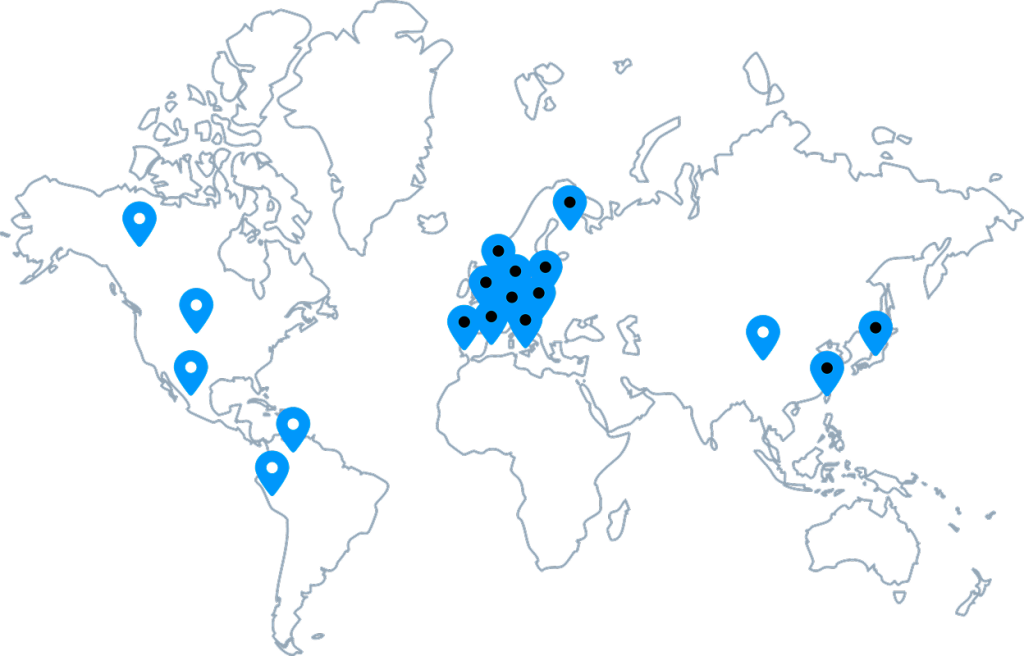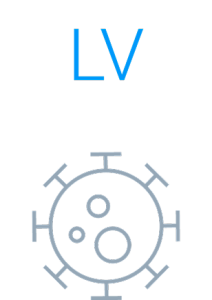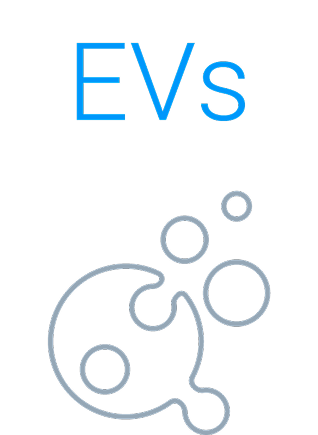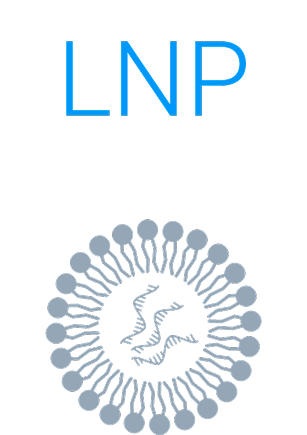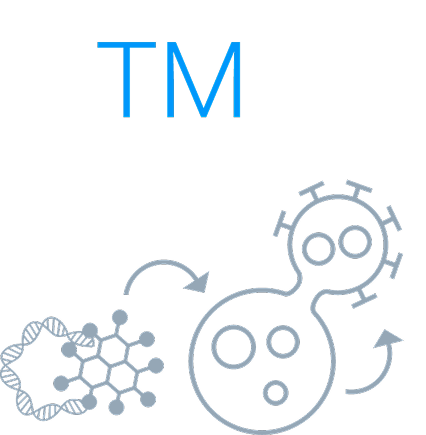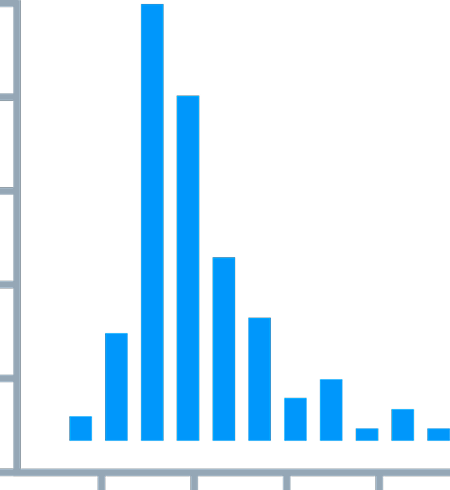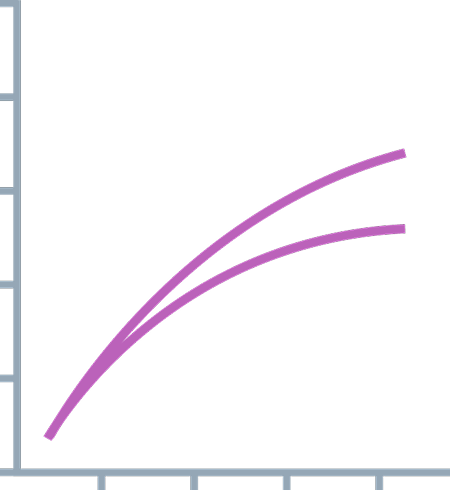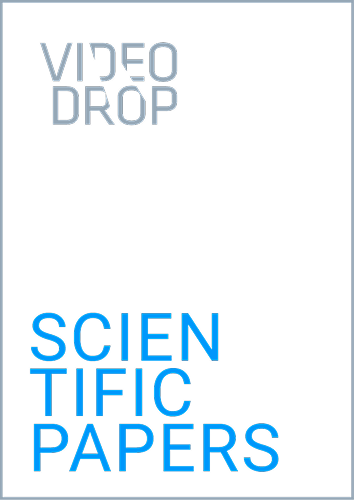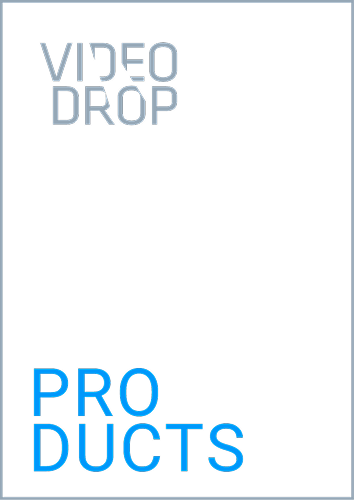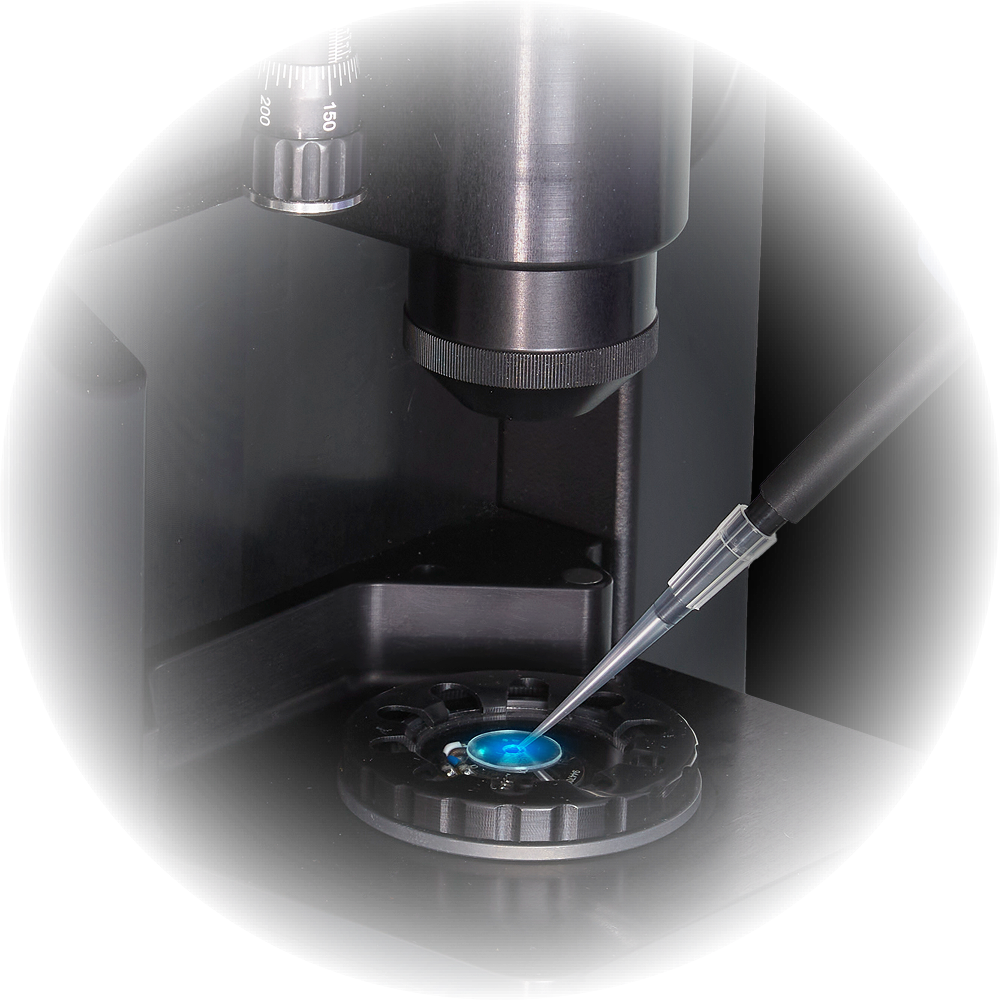
Applications
Videodrop provides the easiest and fastest way to measure size and concentration of nanoparticles. It is the ideal tool for scientists working on lentiviral vector (LV) development, extracellular vesicle (EVs) research and production, lipid nanoparticle (LNP) formulation. Videodrop is now able to measure a temporal evolution of size like nanoparticle aggregation orcomplexation for Transfection Mix (TM).
Technology
Videodrop is an advanced combination of optical innovation from the Langevin Institute and high-performance software algorithms based on Interferometric Light Microscopy (ILM).
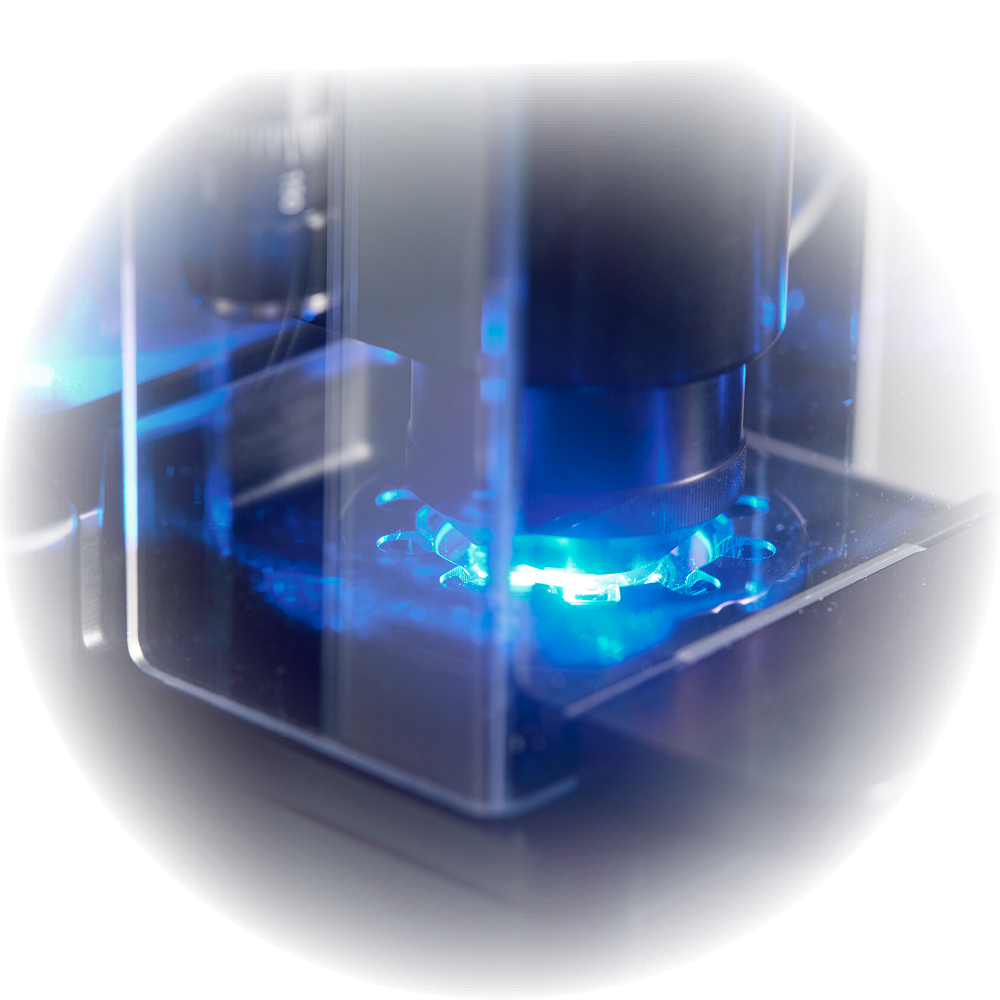
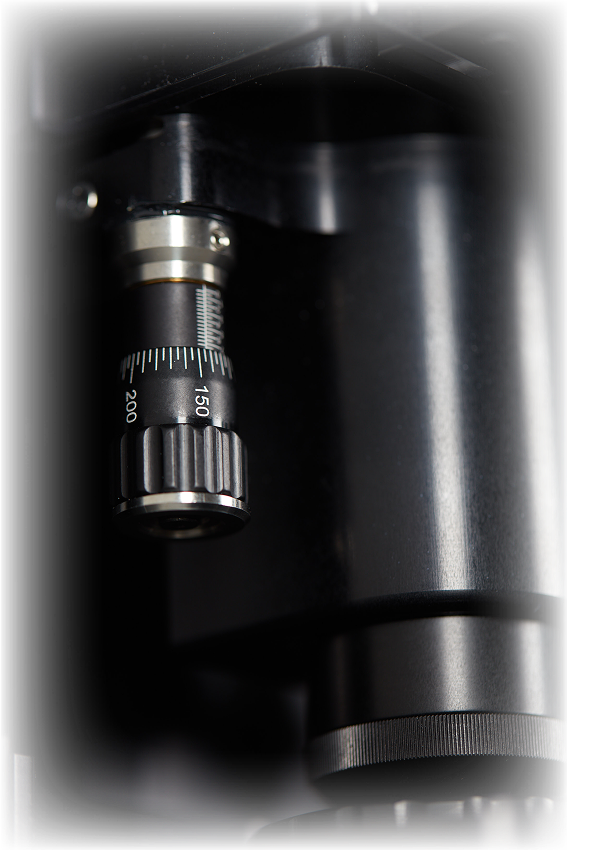
Products
Videodrop is an advanced combination of optical innovation from the Langevin Institute and high‑performance software algorithms. Based on Interferometric Light Microscopy (ILM), it allows measurement of nanoparticle size and concentration from a single drop (5–10 µL) in less than a minute, in a repeatable and reproducible way, while remaining easy to use.
Knowledge
This Knowledge section provides comprehensive access to all application notes and referenced publications related to Videodrop & ILM technology. You will find detailed technical documents, links to peer-reviewed articles, and case studies illustrating the diverse applications and scientific validation of Videodrop. This centralized resource is designed to support researchers and scientists seeking in-depth information on workflow utilization, methodology, results, and best practices for nanoparticle analysis using Videodrop.
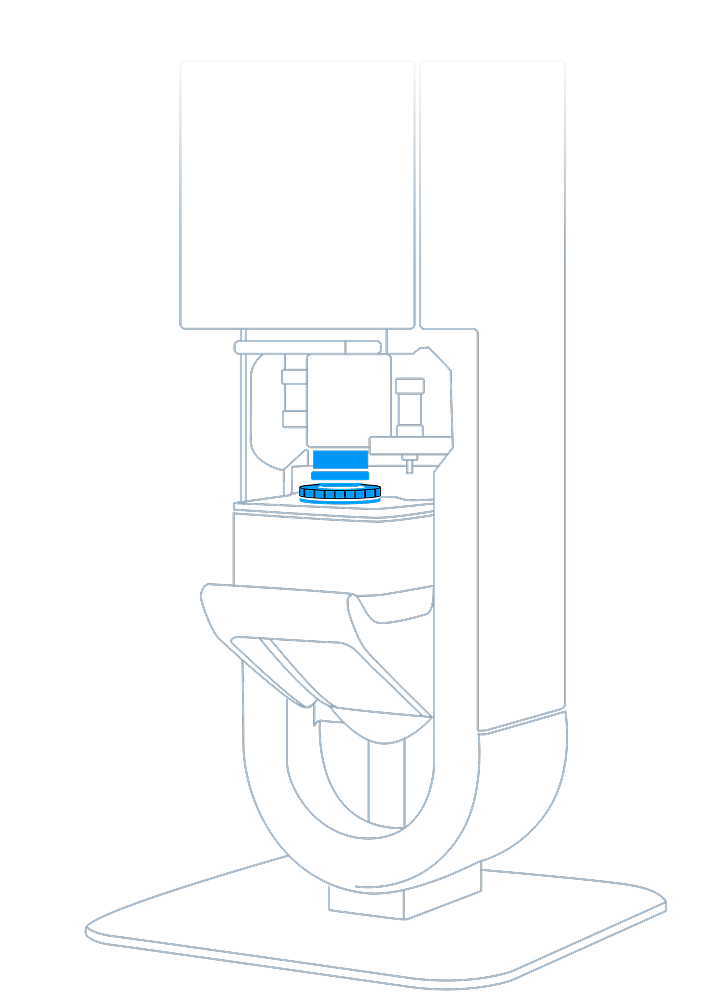
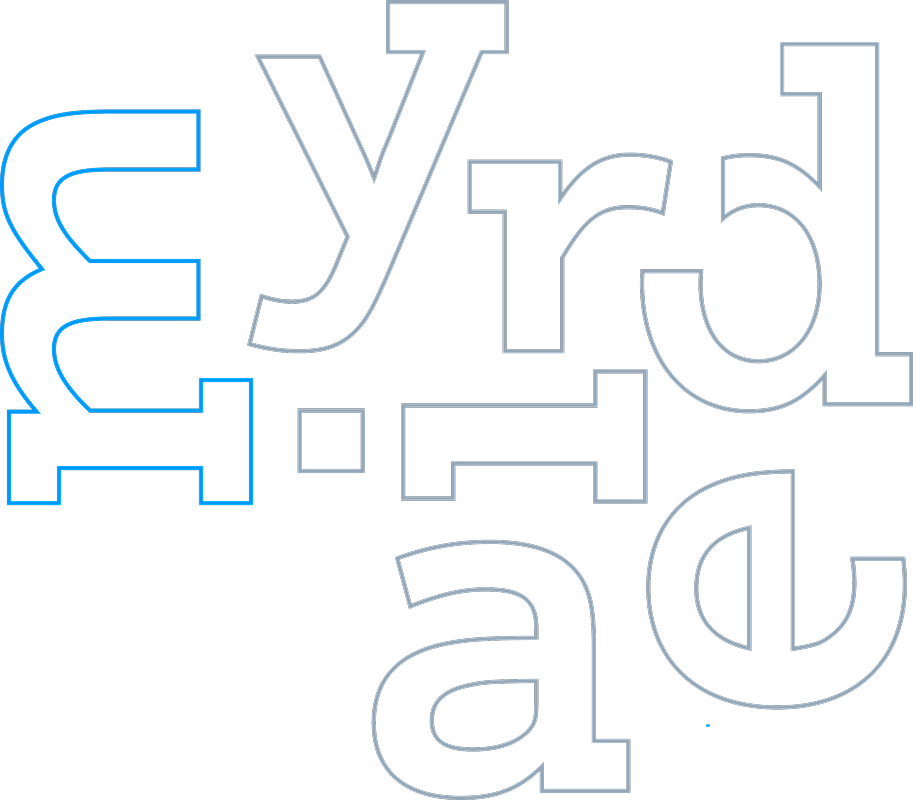
Company
Myriade is a French company created in 2017 that develops an innovative nanoscale imaging technology. Based on the works of the Langevin Institute, a French academic laboratory specialized in optical and ultrasonic technologies for life sciences, the technology Videodrop relies on a single-arm interferometric technique. It makes it possible to visualize without labeling living nanoparticles such as viruses, phages, or extracellular vesicles.
